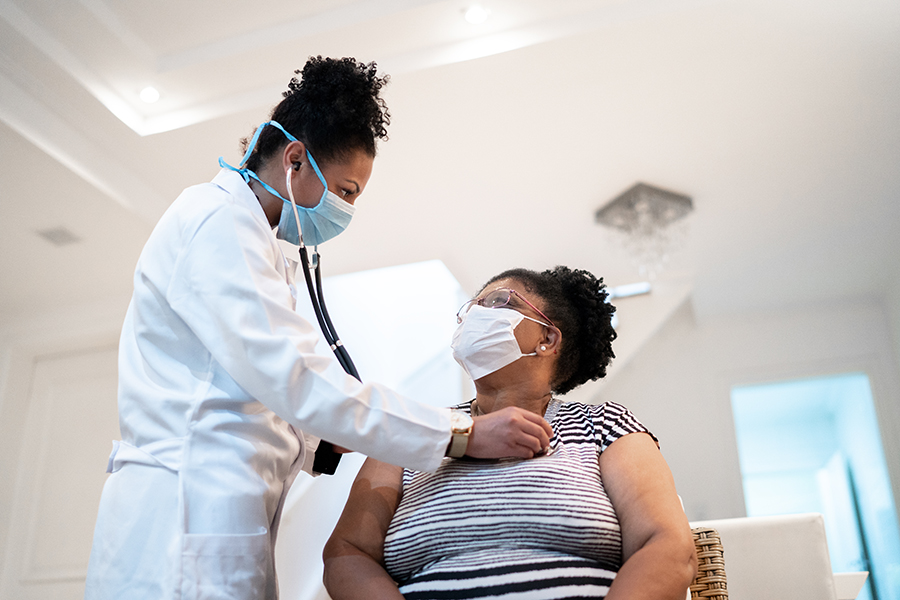Originally published by the Centers for Medicare and Medicaid Services
Today, the Centers for Medicare & Medicaid Services (CMS) announced that Medicare Advantage premiums will remain stable and more enrollees will have access to higher quality plans while, for a sixth straight year, enrollment is projected to increase to a new all-time high. In addition, CMS released today new information that shows that millions of seniors and people with disabilities with Medicare continue to enjoy prescription drug discounts and affordable benefits as a result of the Affordable Care Act. Today’s announcement comes as CMS releases the premiums and costs for Medicare health and drug plans for the 2016 calendar year.
CMS estimates that the average Medicare Advantage premium will decrease by $0.31 next year, from $32.91 on average in 2015 to $32.60 in 2016. The majority of Medicare Advantage enrollees (59 percent) will face no premium increase.
“Seniors and people with disabilities continue to experience stable premiums in Medicare health and drug plans while benefiting from a transparent and competitive marketplace,” said Sean Cavanaugh, CMS deputy administrator and director of the Center for Medicare. “Medicare Advantage and prescription drug plans remain affordable and provide high quality care.”
Access to the Medicare Advantage program will remain strong, with 99 percent of beneficiaries having access to a plan. In addition, in 2016, more Medicare Advantage plans will offer supplemental benefits for enrollees, such as dental, vision and hearing benefits. Between 2010, when the Affordable Care Act was enacted, and 2016, premiums are expected to decrease by nearly 10 percent and enrollment is projected to increase by more than 50 percent to approximately 17.4 million enrollees, which represents about 32 percent of the Medicare population. At the same time, beneficiaries are receiving higher quality care. About 65 percent of Medicare Advantage enrollees are currently enrolled in plans with four or more stars for 2016, a significant increase from an estimated 17 percent of enrollees in such plans in 2009.






















